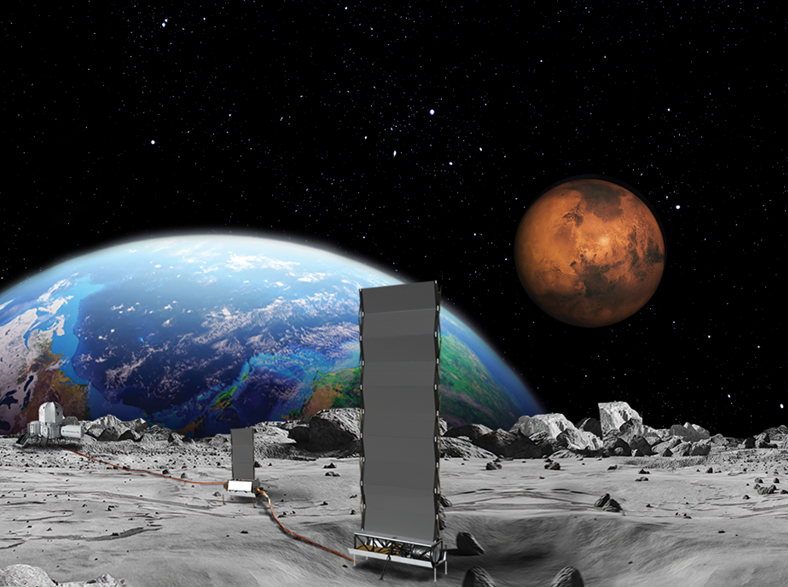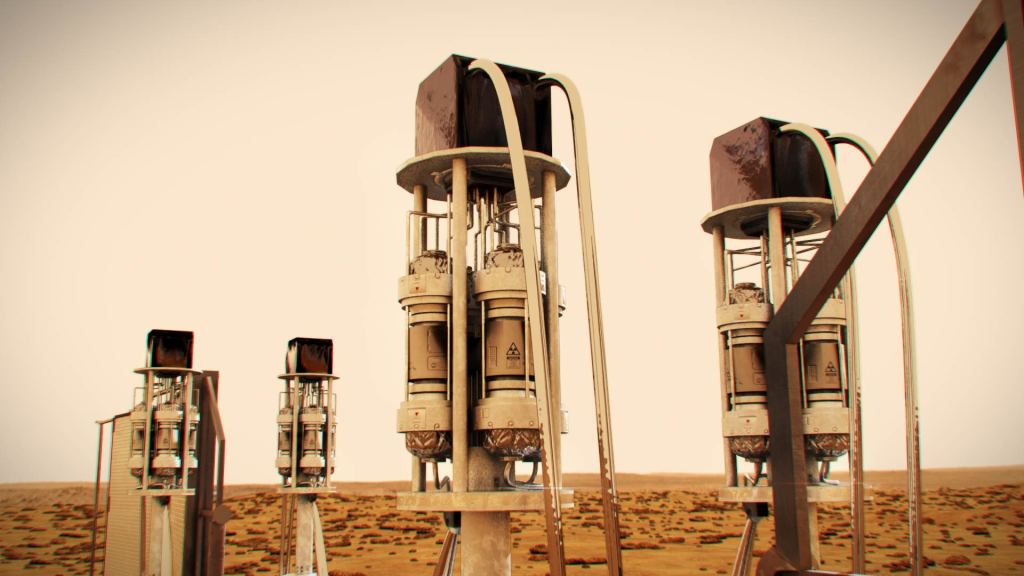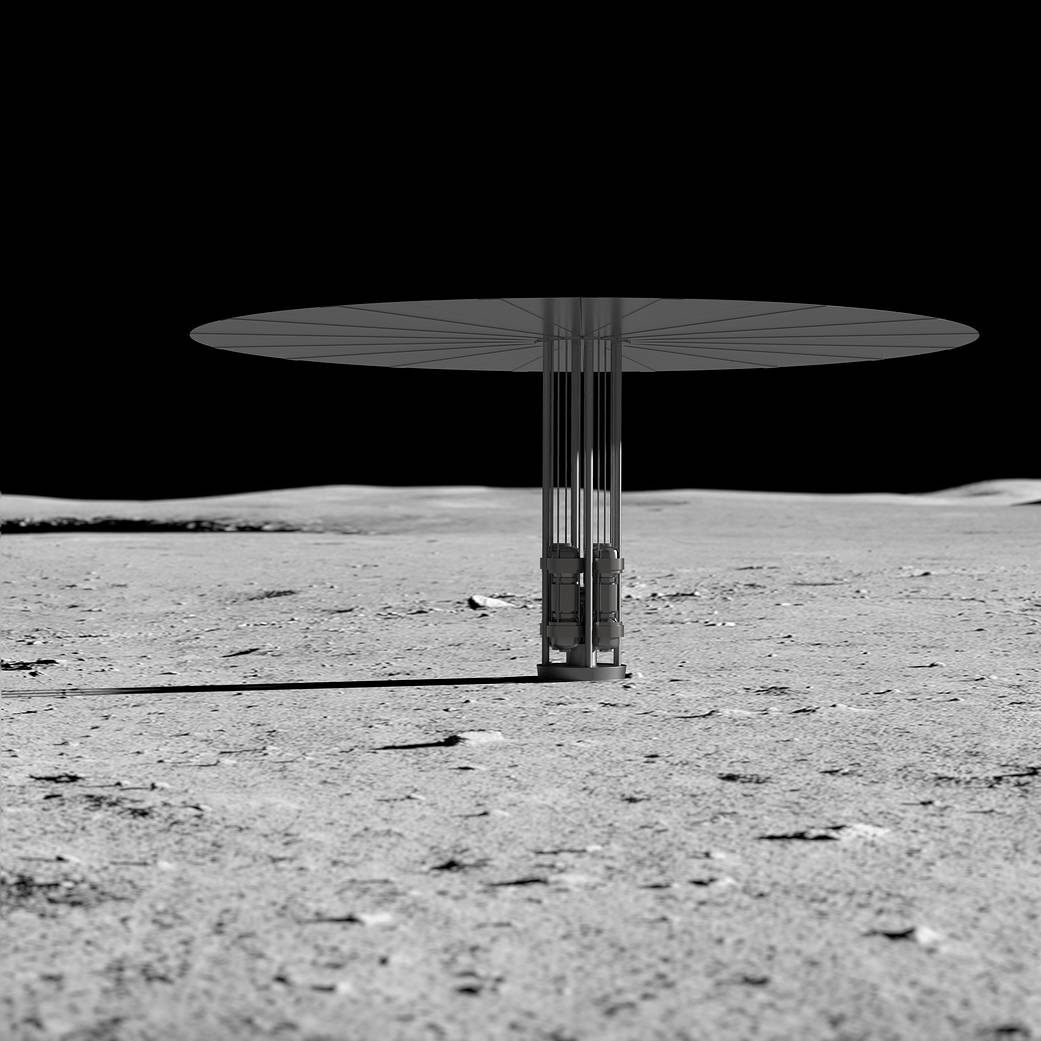Unless disrupted by storms or grid problems, electrical power for most people is no further than an outlet away. However, the solar system does not provide easy access to electricity as we know it on Earth. Astronauts could take advantage of a reliable power supply to explore both the Moon and Mars. The system will need to be lightweight and capable of running regardless of its location, the weather, or available sunlight and other natural resources.
Relatively small and lightweight, fission systems are powerful and could enable robust operations on the Moon and Mars.
NASA’s fission surface power project expands on the efforts of the agency’s Kilopower project, which ended in 2018. Currently, NASA is working with the Department of Energy (DOE) and industry to design a fission power system that would provide at least 40 kilowatts of power – enough to continuously run 30 households for ten years. A future lunar demonstration will pave the way for sustainable operations and even base camps on the Moon and Mars.
Fission Surface Power News

NASA Fission Instrumentation and Controls Workshop

NASA’s Fission Surface Power Project Energizes Lunar Exploration

Fission System to Power Exploration on the Moon’s Surface and Beyond

6 Technologies NASA is Advancing to Send Humans to Mars

Demonstration Proves Nuclear Fission System Can Provide Space Exploration Power

Kilopower
Milestones:
- NASA and DOE selected three design concept proposals in June 2022 for a fission surface power system design that could be ready to launch by the end of the decade for a demonstration on the Moon. This technology would benefit future exploration under the Artemis umbrella.
- In 2021, in partnership with NASA, the DOE issued a Request for Proposal asking American companies for design concepts for a fission surface power system that could be ready to launch within a decade for a demonstration on the Moon.
- A 2016 memorandum of understanding between NASA and DOE serves as the basis of this inter-agency work. An October 2020 NASA-DOE memorandum of understanding expands on it, establishing working groups that focus on space nuclear power and propulsion.
- A DOE reactor study completed in March 2020 identified low-enriched uranium reactor solutions roughly the same weight as the high-enriched system.
- NASA and DOE conducted an experiment to demonstrate heat transfer technologies using highly enriched uranium fuel in May 2018. The Kilopower Reactor Using Stirling Technology (KRUSTY) experiment showed that the system performed as expected under both normal and off-normal conditions.
Fast facts:
- Fission surface power can provide abundant and continuous power regardless of environmental conditions on the Moon and Mars.
- NASA plans to demonstrate and use a fission surface power system on the Moon first, then Mars.
- NASA is collaborating with DOE and industry to design, fabricate, and test a 40-kilowatt class fission power system to operate on the Moon by the early 2030s.
- NASA’s fission surface power project builds on heritage projects spanning 50 years, including SNAP-10A, NASA’s Kilopower project, and recent developments in commercial nuclear power and fuel technology.
Partners:
NASA’s fission surface power project is managed by NASA’s Glenn Research Center in Cleveland. The technology development and demonstration are funded by the Space Technology Mission Directorate’s Technology Demonstration Missions program, which is located at Marshall Space Flight Center in Huntsville, Alabama.
NASA is partnered with DOE and its national laboratories on the fission surface power project. The space agency will define the mission and system requirements.

































